The three-man defence has become a regular feature at Aberdeen after a change of shape led to a change in fortunes at the back for the Dons.
Following the 4-0 defeat by Dundee United at Tannadice on October 8, Dons boss Jim Goodwin dispersed with his back four in favour of a 3-5-2 formation, with club captain Anthony Stewart, Liam Scales and Ross McCrorie assuming the central defensive roles.
The result has been five wins from seven matches, a run which was good enough to send the Dons into the World Cup break clear in third place in the Scottish Premiership.
One man who knows all about the merits of a back three is former Dons boss Craig Brown, who utilised the same shape to great effect while in charge of the Scottish national team.
For Brown, the case for a three-man backline was a straightforward one, but he insists having the right players for the job is pivotal.
He said: “I liked a three-man defence, and I used it for the two campaigns we qualified for.
“We conceded three goals in 10 qualifying games for Euro 96 and it was the same record in the 10 qualifying games for the World Cup in 1998.
“The key to a back three being successful is personnel. I was fortunate to have three of the best in Colin Calderwood, Colin Hendry and Tom Boyd.
“Boyd was the quickest centre-back I’ve ever seen, while nobody would outjump Hendry in the air when a ball came into the box.
“Calderwood was the tackler of the trio and as a unit they were brilliant defensively.”
Midfield buffer Lambert was vital in Brown’s reshaped team
For Brown, having three defenders with the qualities he mentions – in Calderwood, Hendry and Boyd – is only part of the equation. The midfield anchor is equally important.
Goodwin has Ylber Ramadani. Brown had Paul Lambert.
He said: “It’s not as simple as saying you are going to play three at the back and then you will be hard to beat.
“If that was the case everyone would play that way.
“The system within the formation and making sure everyone performs their roles properly is also vital.
“When I think of why it worked with Scotland, I think Paul Lambert deserves huge credit as he performed a key role brilliantly in front of the back three.
“When he played for Dortmund he was deployed in front of their back three by his coach there, Ottmar Hitzfeld.
“It took some adjusting and I can recall him telling me he felt he hadn’t touched the ball in the first half of a big game, yet Hitzfeld was delighted with him.
“His role was to man mark the playmaker in the opposition and Paul was sensational at it.”
Brown believes Lambert’s importance to the side was pivotal and still rues to this day being without the Celtic midfielder for the Euro 2000 play-off against England.
The former Scotland boss said: “It became a real strength of his game and I used him there to stop former Liverpool and Ajax striker Jari Litmanen when we played Finland.
“I’m convinced we would have beaten England in the Euro 2000 play-off had Paul not missed the Hampden game due to a jaw injury suffered in the Old Firm game the week before the match.
“He would have been keeping tabs on Paul Scholes had he been available, but, with him not in the team, Scholes got both goals at Hampden and they proved vital over the two legs.”
Brown made the most of a chance encounter in Germany
For Brown, the decision to switch to a back three was something he had been considering for a while.
A surprise encounter with the man who would go on to succeed him in charge of the national team in 2002 only added to Brown’s belief a move away from a back four was worth implementing at international level.
He said: “We were due to play the Germany under-21s at Pittodrie in an under-21 quarter-final in 1992 and I went out to watch them ahead of the tie.
“I was told I would be picked up at the airport in Germany and, when I arrived, it was Berti Vogts – the Germany national team manager – who met me.
“He must have been driving the biggest Mercedes in Germany. I’d never seen anything like it.
“We spent a couple of hours on the autobahn, so I picked his brains about the three-man defence and he told me everything in detail – I couldn’t believe it.
“We got down to the minutiae on questions about whether it was man-for-man defending or zonal, who took throw-ins – you name it, we went through it all.
“The interesting part to me was his insistence Germany’s wing-backs should only play in the first two-thirds of the pitch.
“The wing-backs supported the midfield, but their priority was always to be defenders.
“It was popular in Germany.
“Germany won Euro 96 with a three-man defence, while Borussia Dortmund won the Champions League playing a back three in 1997.
“Lambert was named man of the match for his performance in the final.”
Dons making progress following Jim Goodwin’s formation switch
Former Dons boss Brown is curious to see whether the current Aberdeen manager perseveres with the 3-5-2 set-up after the World Cup break.
With wide options Jonny Hayes and Callum Roberts both on the comeback trail from injuries which have kept them out for months, Goodwin will have options to reshape his side again.
But Brown has stopped short of offering any advice.
He said: “Jim Goodwin had good results with a back three before the World Cup break and I’m interested to see if he sticks with it. It’s clear he has got some very good players in his team.
“Leighton Clarkson and Ylber Ramadani are influential players and they’ve got good attacking options.
“I saw wee Duk make his debut at Stirling Albion and, even though he wasn’t match-fit, you could see he was electric and the club had found a gem in the lad.
“I think the club’s looking good for a minimum third place finish, but it’s not my place to critique another manager’s team.
“I hated that when I was a manager and I’ve too much respect for Jim and the club to do that. He’s got a job to get on with and I’m happy to watch as a fan.”
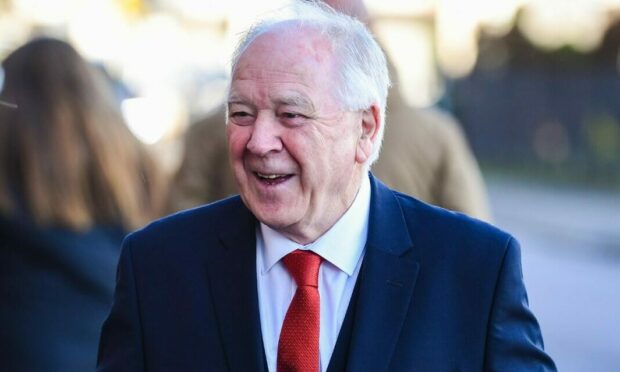
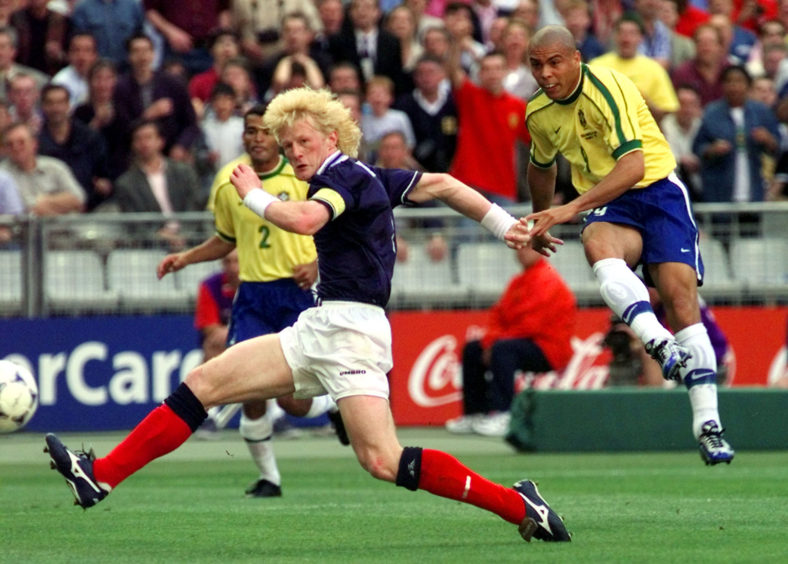
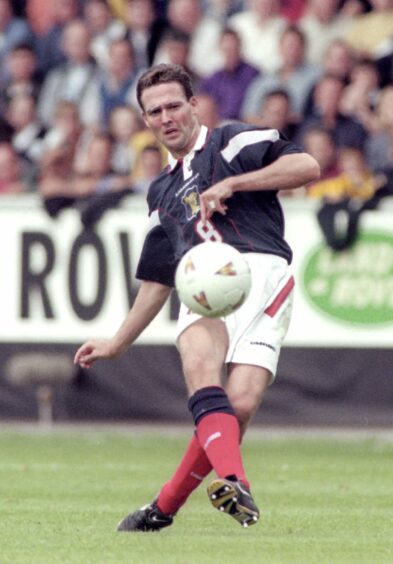
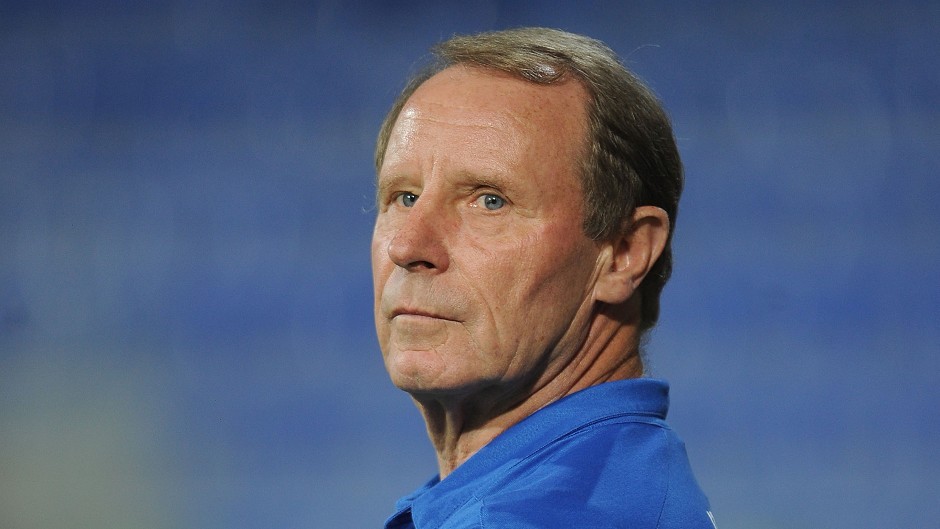

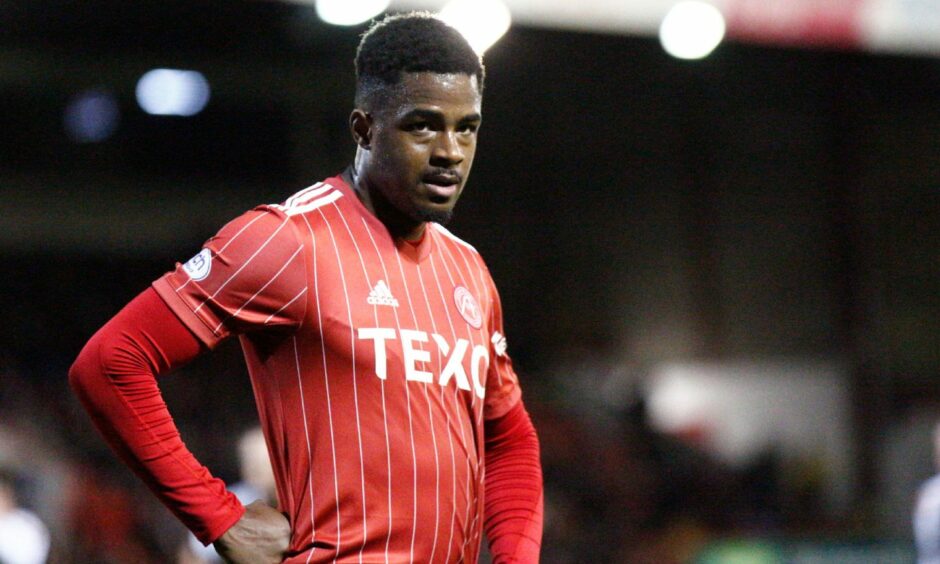
Conversation